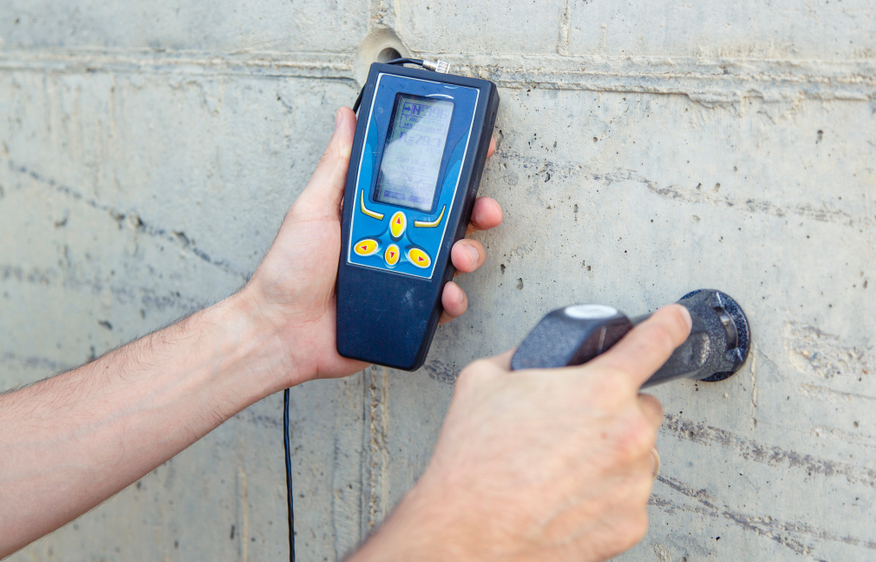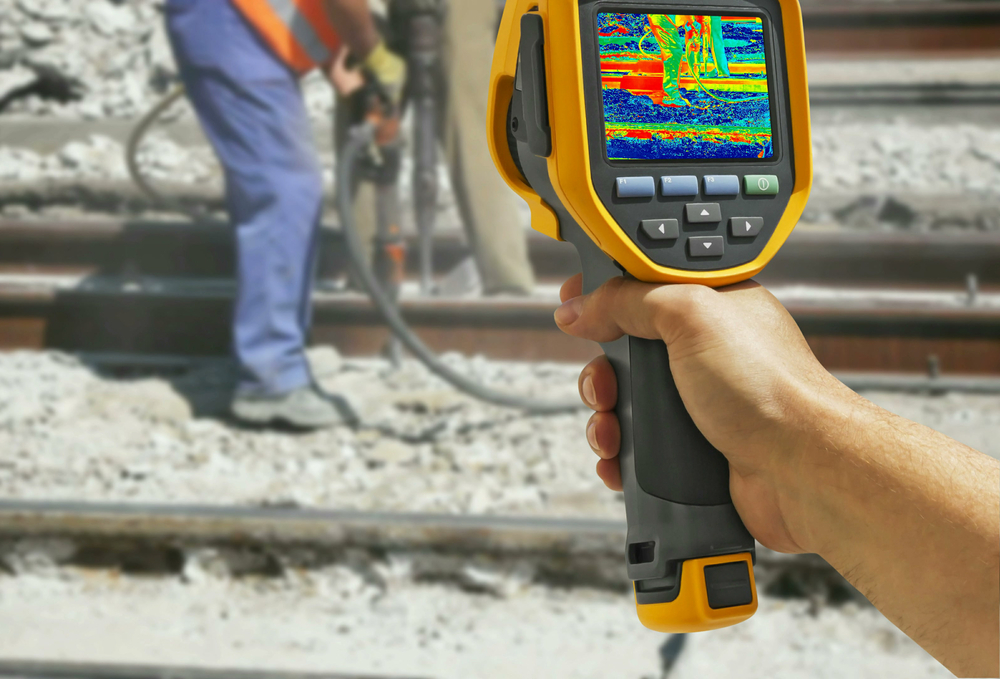Did you know that there are actually various methods of non-destructive concrete testing? This may not be known to many people, but non-destructive concrete testing exists – and there are many methods that can be used for this.
If you want to learn more about how non-destructive concrete testing can be done, then please continue to read below to learn more.
The Purpose Of Non-Destructive Concrete Testing
Non-destructive concrete testing is a method of both investigating and evaluating concrete structures. This can be used to estimate the concrete’s strength along with its other properties, to monitor and assess corrosion, to measure the crack size and cover, to assess grout quality, and to detect defects and other vulnerable areas within the concrete.
Most of these non-destructive concrete testing methods are grounded on a scientific basis and could involve various parameters such as materials, environment, mix, and more.
These tests can also measure other properties of concrete such as its hardness. Interpreting these results can be quite challenging, and are often left for experts to take care of.
Types Of Non-Destructive Concrete Testing
There are numerous techniques used to perform non-destructive concrete testing. Here are just a few of them down below:
1). Penetration Tests
There are various means of penetration tests, but the Windsor probe is generally considered the best. It consists of equipment including a powder-actuated gun or driver, loaded cartridges, hardened alloy probes and a depth gauge to measure the penetration of probes.
It functions by driving a probe into the concrete through a precision powder charge. The depth of the penetration indicates the compressive strength of the concrete.
The manufacturer is in charge of providing calibration charts, but the instrument must be calibrated for the type of concrete and the type and size of the aggregate used.

2). Dynamic Non-Destructive Test
Dynamic tests make use of resonant frequency and mechanical sonic and ultrasonic pulse velocity methods. They are able to evaluate the durability and uniformity of the concrete, while also being able to estimate its elastic and strength properties.
The only technique under this test is known as the ultrasonic pulse velocity method. It measures the time it takes for an ultrasonic pulse to pass through the concrete.
Pulses are generated by shock-exciting piezoelectric crystals where similar crystals are also contained in the receiver. The time it takes for the pulse to pass the concrete is measured by electronic measuring circuits.
3). Pull-Out Tests
A pull-out test uses a special ram that is used to measure the force that is required to pull a specially shaped steel rod from the concrete. In this process, the concrete is also in tension and in shear. The force that is required to pull out the concrete is also related to its compressive strength.
The pull-out technique can therefore quantitatively measure the in-situ strength of concrete if proper correlations are made. Over a wide range of strengths, pull-out strengths have a coefficient of variation that is comparable to compressive strength.
4). Rebound Hammer Method
The rebound hammer test is primarily used to estimate the strength of concrete for comparative investigation. It does this by measuring the elastic rebound of concrete.
In essence, it is a surface hardness tester that establishes an empirical correlation between strength and rebound number. The only instrument that can carry out the rebound principle is the Schmidt hammer. It has a spring-controlled hammer mass that, within a tubular housing, slides on a plunger.
The hammer is forced against the concrete surface by the spring. The surface may be horizontal, vertical, or angular, but the instrument must be appropriately calibrated in the position. The distance of the rebound that was created is then measured on a scale.
Usually, several readings are taken, and they must be both well-distributed and reproducible.

5). Radioactive Methods
Radioactive methods of concrete testing can help detect the location of reinforcement, measure concrete density, and determine if honeycombing has occurred in concrete units.
The equipment used for this method is relatively simple and affordable, but the initial price can be high. Concrete that is up to 18 inches thick can be easily examined with radioactive methods.
Summary
Non-destructive concrete testing actually involves many scientific principles and intricacies. It is not an easy job to do, which is why many skilled and specialized experts help handle jobs such as these.
However, there will be situations when you have no choice but to cut or dig up the concrete depending on what tests are being performed and why. If that is the case, then MEGASAW is here to help.
For all concrete cutting needs, be it commercial or residential, call us at MEGASAW. We have over 20 years of experience providing quality concrete services in Melbourne. Our experience is your guarantee!
Please call us today on 1300 920 419 or contact us through our website.

